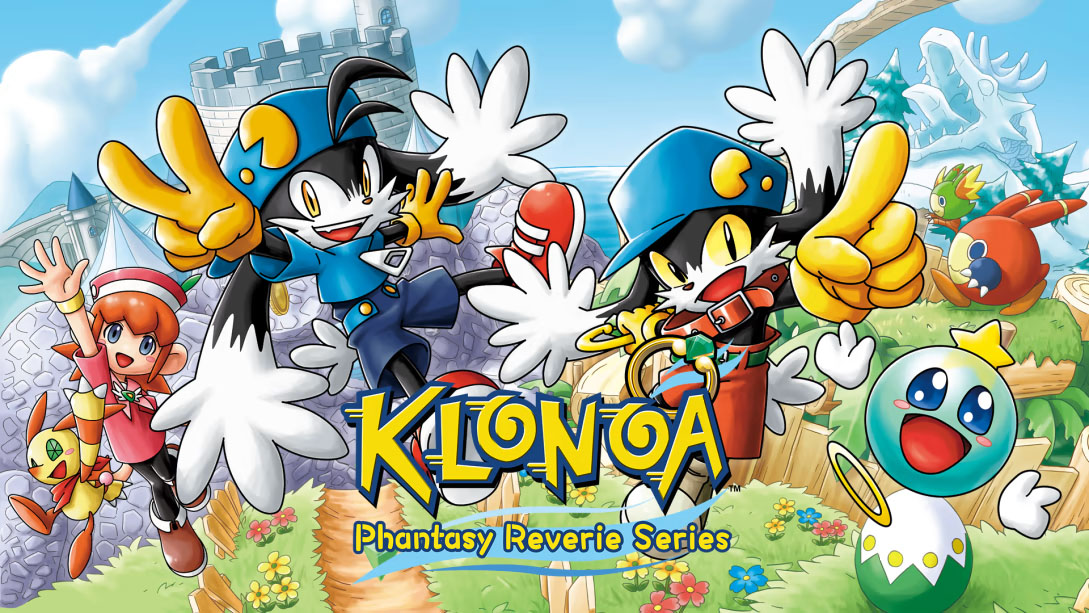
The original PlayStation was home to many excellent 2D action-platformers with Klonoa: Door to Phantomile among them. It was 1997- the early days of 3D graphics and Namco at the time was experimenting with a dynamic POV for their new 2D game which would use 3D visuals.
Door to Phantomile proved to be a modest success and gained a dedicated following. Klonoa 2: Lunatea’s Veil followed on PlayStation 2 and built upon the foundation of its predecessor. The enhanced visuals and expanded specs pushed level design and boss battles in new ways the prior game could not.
After a few Gameboy Advance unnumbered sequels, a volleyball spin-off, a Wii-remake and even a WonderSwan game; the Klonoa franchise stayed dormant…. until now. Klonoa Phantasy Reverie Series is a compilation/remake of the first two games that started it all. How faithful are these versions? Find out in our Klonoa Phantasy Reverie Series review!
Klonoa Phantasy Reverie Series
Developer: Monkeycraft Co. Ltd.
Publisher: Bandai Namco Games
Platforms: Microsoft Windows, PlayStation 4, PlayStation 5, Nintendo Switch, Xbox One, Xbox Series X|S (reviewed)
Release Date: July 8, 2022
Players: 1
Price: $39.99 USD
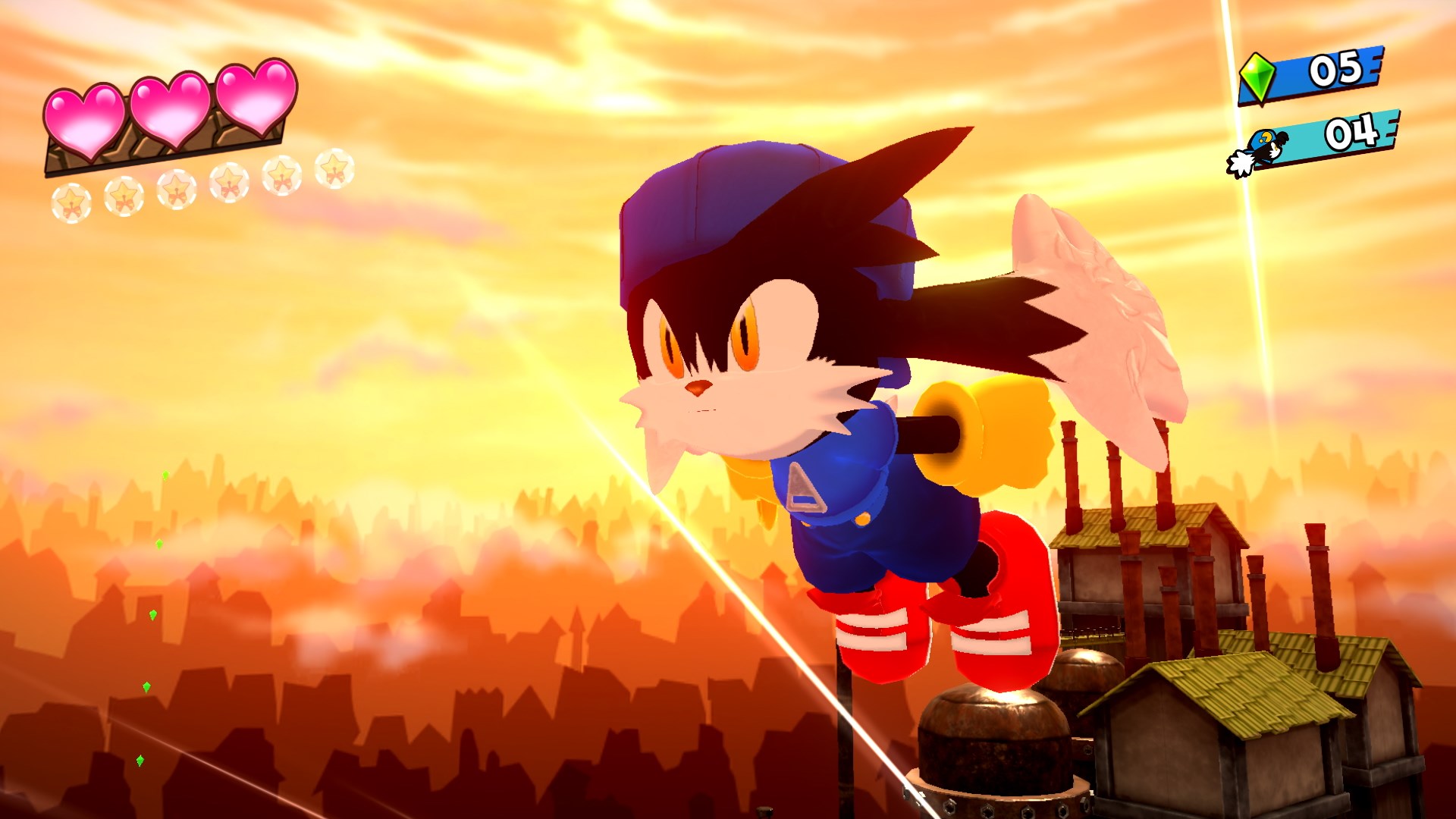
Klonoa Phantasy Reverie Series is a compilation of the first two mainline Klonoa games. Regretfully, none of the Gameboy Advance titles are included or the entry on WonderSwan made the cut for this collection. These were all excellent entries in the series and it is too bad that they could not be represented, especially since one of them was an action RPG.
Sadly, not even an iteration of Klonoa Beach Volleyball was included which is a shame because it did have an English release in PAL regions. The exclusion of this spin-off is disappointing because it would have added great value and variety to a package that is focused entirely on platforming and would have added a bit of competitive action too.
Never mind what Klonoa Phantasy Reverie Series lacks- it is what it does have that still makes it so wonderful. Both Door to Phantomile and Lunatea’s Veil are remade with new visuals and other tweaks to make them more consistent with each other. Adjustments to character designs and audio are welcomed but come at a cost.

The gameplay in these games are very retro and deliberate. There is no “metroidvania” elements, Klonoa begins and ends each games with the same move-set and there aren’t any power-ups outside of a few gimmick levels where Klonoa rides on a board.
Both games are 2D action-platformers where the hero uses a bracelet that shoots a very short range grapple beam that latches onto foes. Klonoa is able to carry most enemies and toss them, but because these are 2.5D games, he can also toss them into the background and foreground as well.
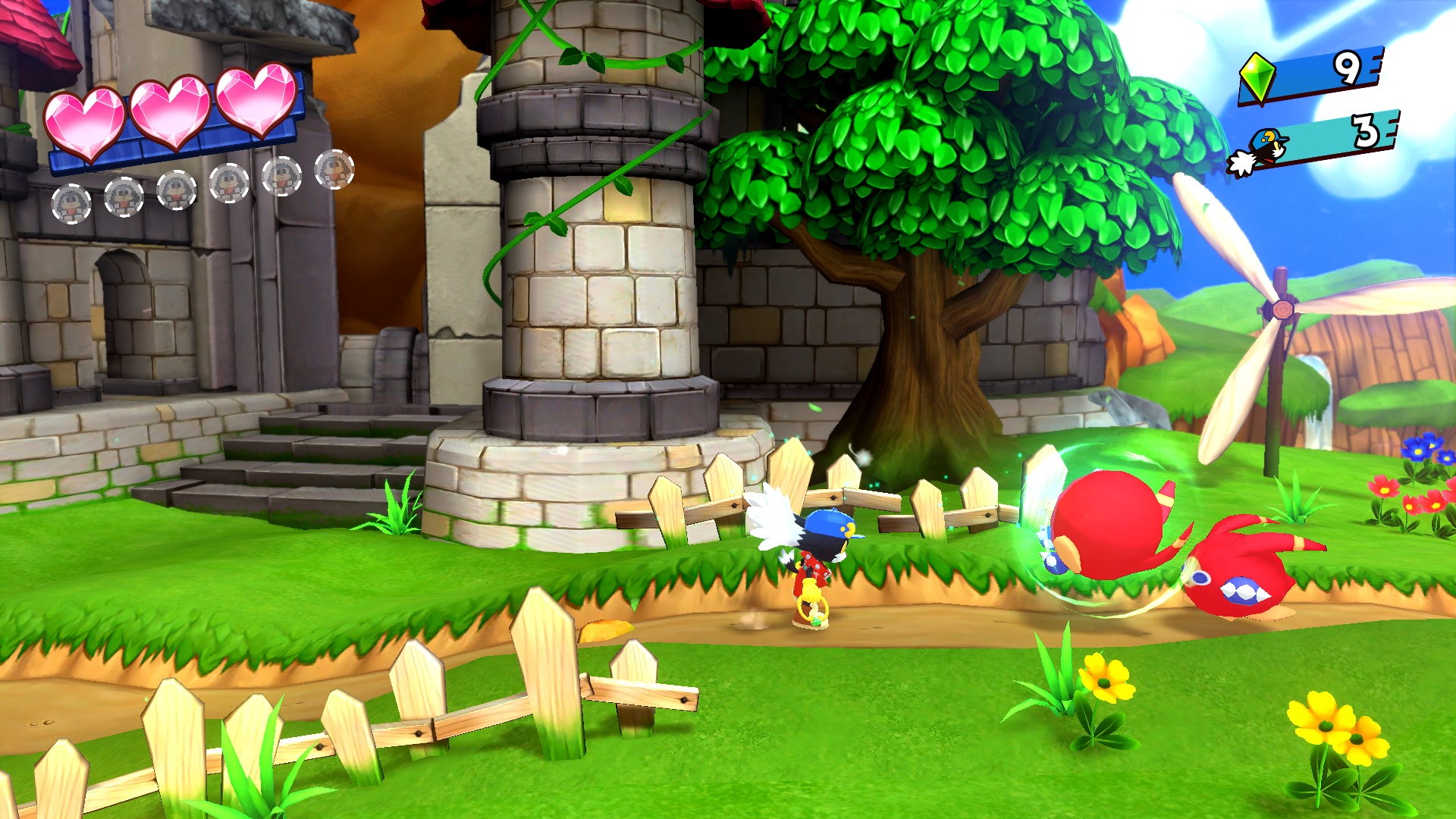
Being able to take full advantage of the other axis’ of the dimensions is what makes Klonoa stand out from other 2.5D platformers. Bosses are where this design is embraced to its full potential; often requiring players to throw objects at weakpoints and having levels that loop.
Throughout each level are hidden collectibles that usually involve Klonoa having to go off the main path and engage in a side challenge. This is the puzzle-platformer module of these games and will test the player’s mastery of Klonoa’s mechanics.
Some later stages will push gamers to maintain constant air-time to clear massive gaps by utilizing Klonoa’s grab and downward throw ability for an upward boost. Understanding the nuances of the controls and in the right hands will prove that there is an element of high-level play in Klonoa Phantasy Reverie Series. It begins simple, but has a tense rising difficulty that feels right for a kid’s game.
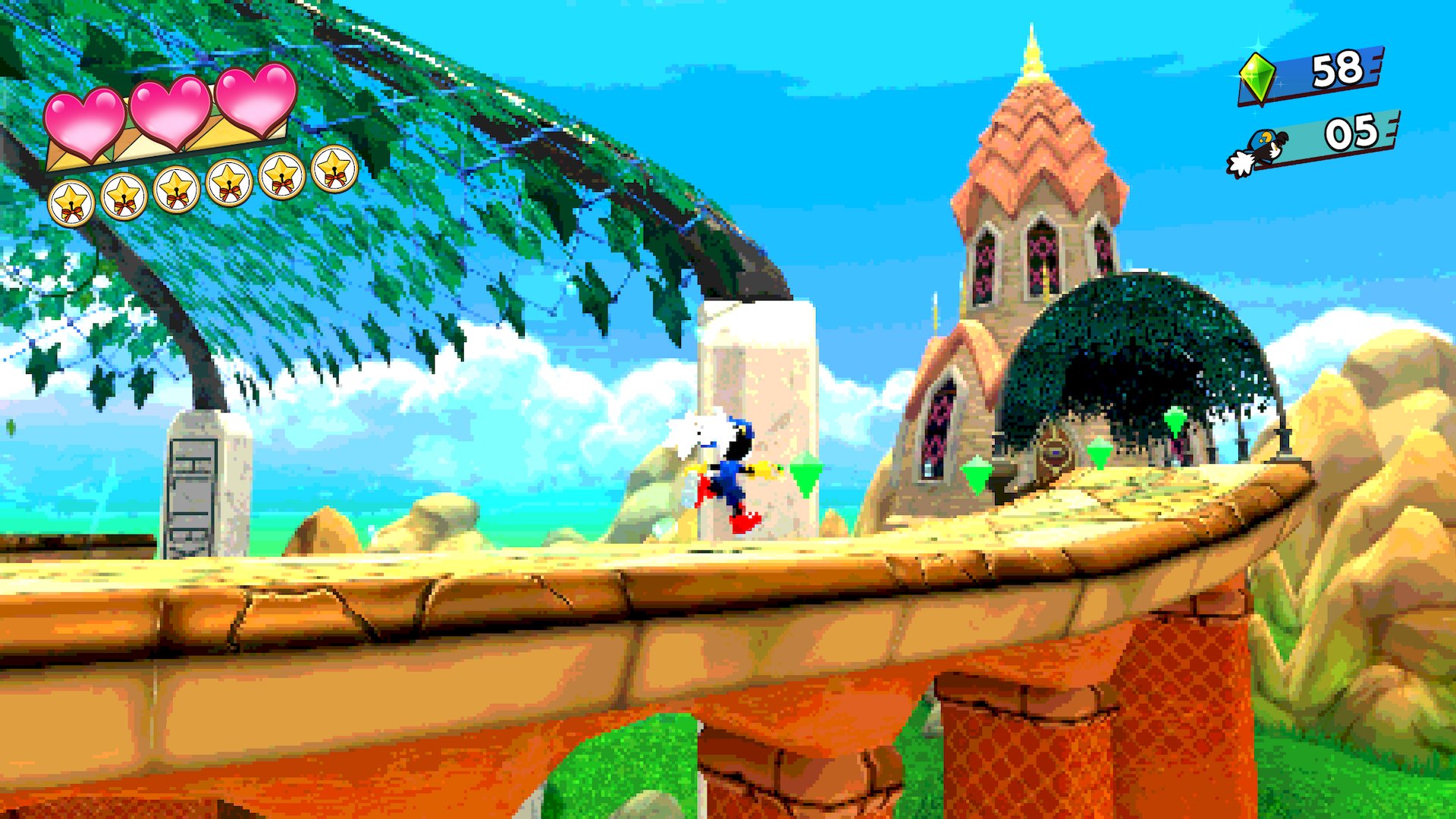
Gameplay in both titles is as focused as can be; Klonoa merely needs to get to the end of each stage and acquire optional collectibles for extra harder stages. What elevates the experience from being a run of the mill platformer is the presentation and level design.
There is a lot of charm in these titles and the framing of the perspective with the 2.5D environments makes the setting feel alive and gives them a sense of place. It also helps that there was care put into the story and characters.
Most mascot platformers don’t try beyond a good guy going to beat up a bad guy, and while that is the basic premise of both Klonoa games as well, the story’s direction makes for a surprisingly emotional experience. There are few scenes where characters are put through an emotional wringer and endure some intense hardships that one would not expect for a mascot platformer.
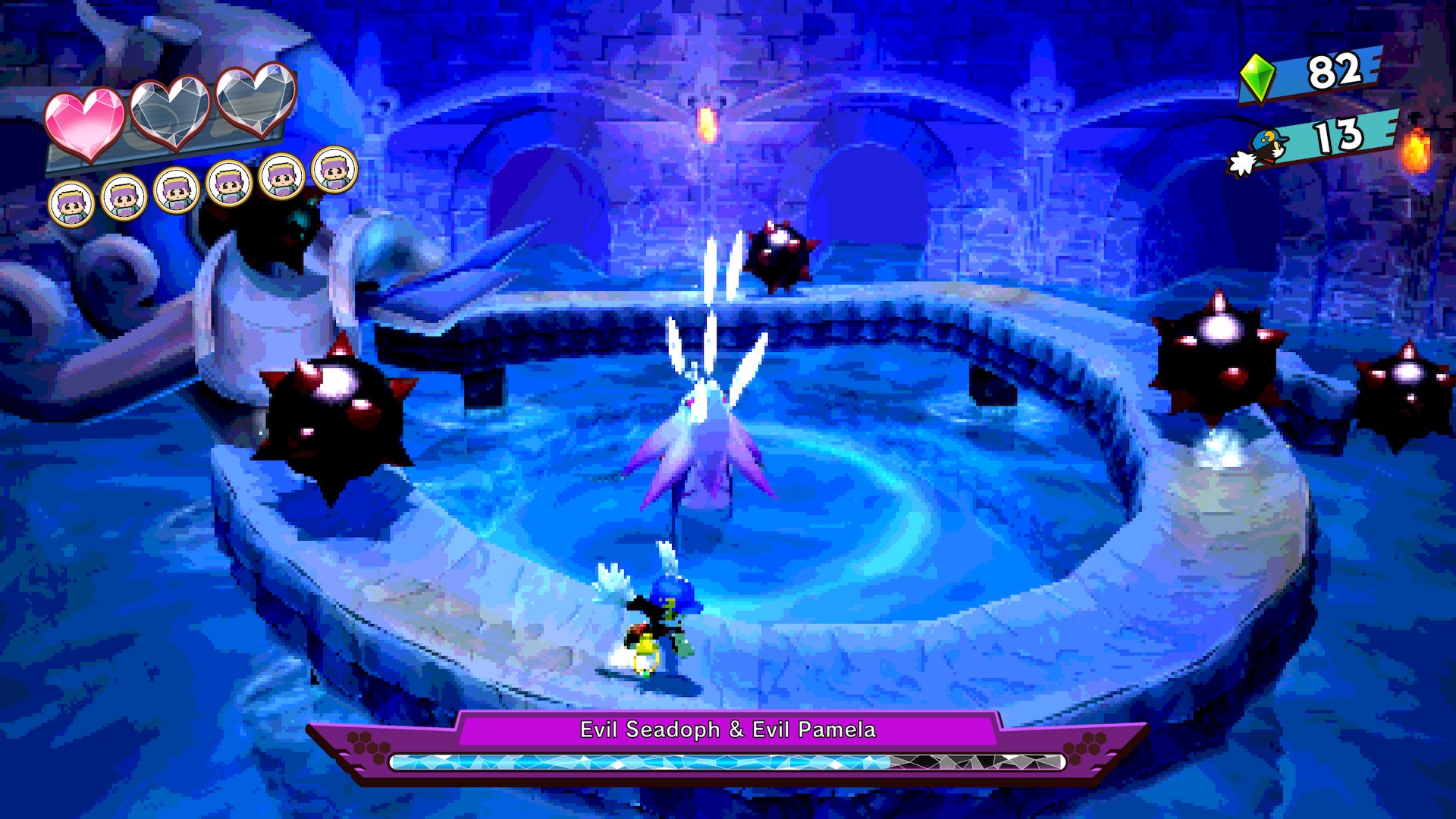
Since Klonoa Phantasy Reverie Series are remakes of much older games, there was a lot of work to be done to bring them up to the modern standard. Door to Phantomile was already remade once on the Wii and this version seems to have been a basis for the iteration in Reverie Series, but with further changes.
Door to Phantomile seemingly uses the PlayStation version for the voice samples and Lunatea’s Veil ditches the questionable dub for the fictional language established in the original games. Lunated’s Veil gets a better treatment here because the voice tracks for Door to Phantomile are distractingly compressed.
The graphics in both games resemble something from the 2000s- probably because they are games from the 2000s (1998 and 2001). The limitations of the modeling in both games are apparent early on. Environments have a low polycount and textures are often very flat. Characters look pretty good, but when comparing the games to their older counterparts; something seemed to be lost in transition.
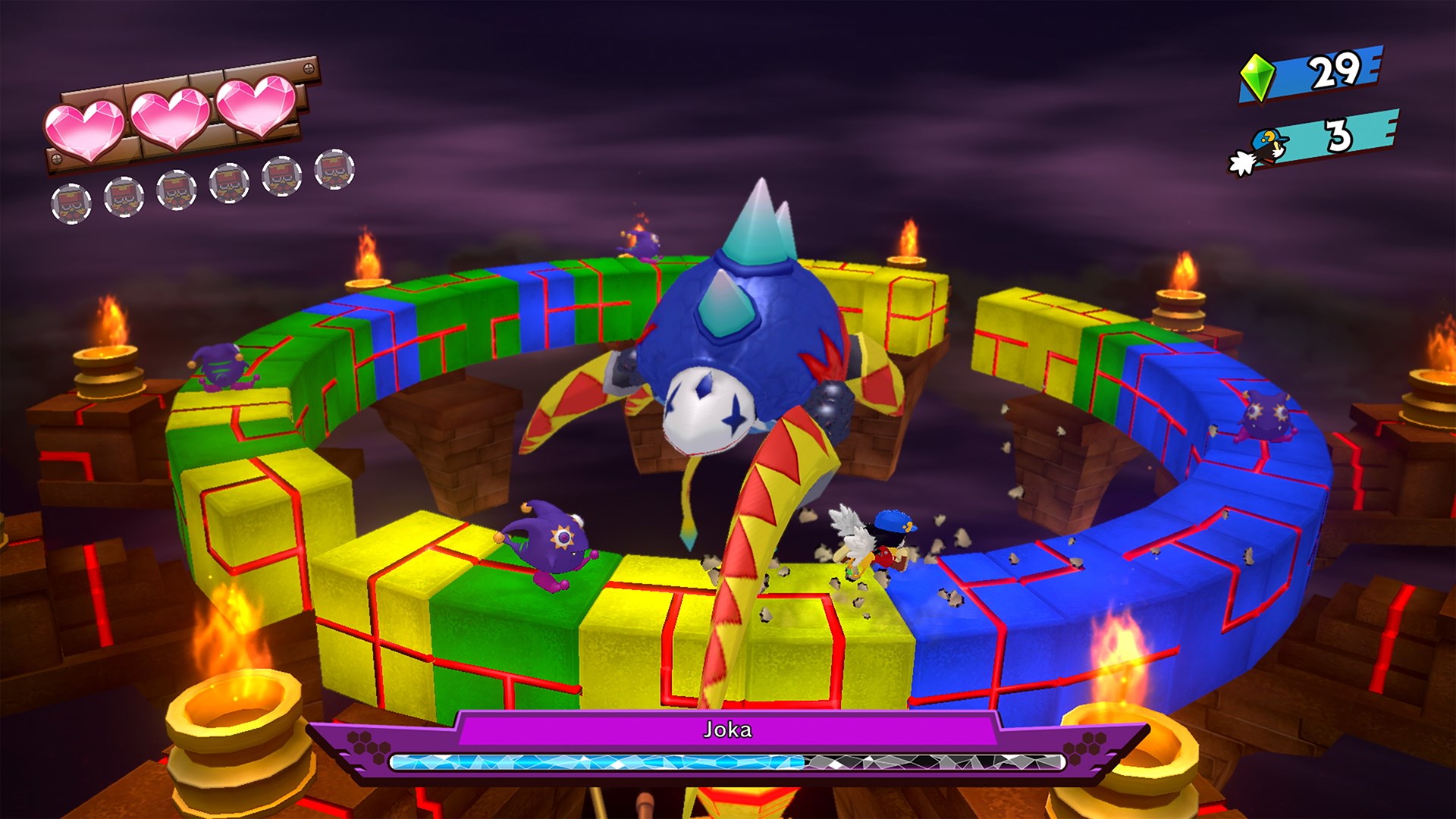
Klonoa Phantasy Reverie Series is definitely not a perfect remastering of these games, but the gameplay holds up. In the settings, there is a “pixel” filter which won’t make the games look like how they used to, but does help obscure the seams and imperfections in the visuals.
The effect is marvelous and makes the games look like low resolution pre-rendered PlayStation cutscenes. Flat textures seem less flat and the chunky pixelation hides pointy polygonal edges; making the illusion more convincing. Some people may not care for it, but it does add to the retro flavor of these old games.
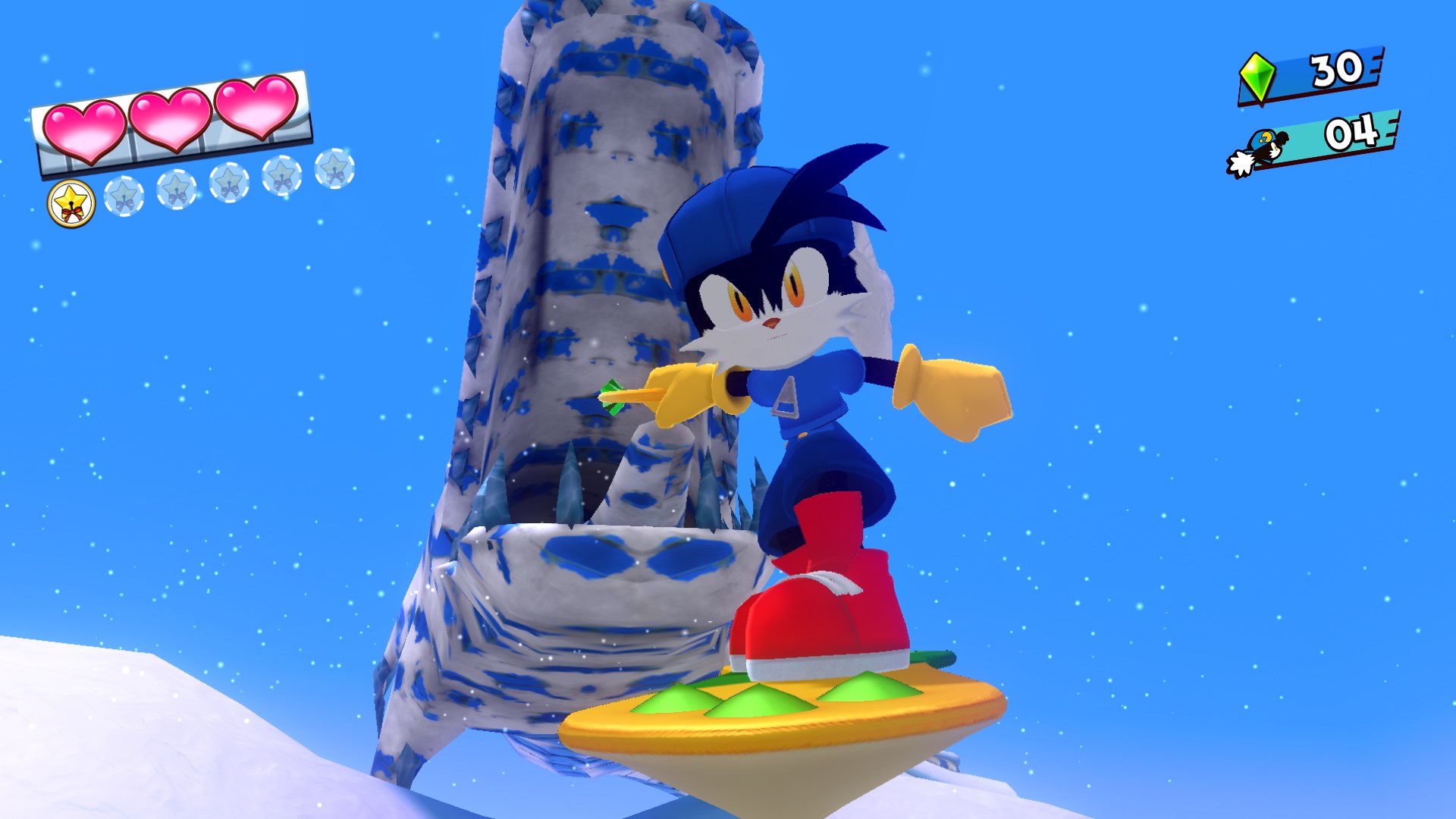
Door to Phantomile was a PlayStation cult-classic that got a lot of love which resulted in a remake in 2008. There didn’t need to be much to enhance in what is already a great game. Lunatea’s Veil was in many ways a bigger and better game; boasting 24 stages from the 14 in the first game.
Which is the better game is debatable- but it is hard to ignore that Door to Phantomile has fewer areas that get recycled, while Lunatea’s Veil constantly introduces new ideas. No matter what, both titles are masterworks and anyone who enjoys Kirby or Nights into Dreams will surely find Klonoa Phantasy Reverie Series to be very appealing.
Klonoa Phantasy Reverie Series was reviewed on Xbox Series S using a copy provided by Bandai Namco Games. You can find additional information about Niche Gamer’s review/ethics policy here. Klonoa Phantasy Reverie Series is now available for Windows PC (via Steam), PlayStation 4, PlayStation 5, Nintendo Switch, Xbox One and Xbox Series X|S.